When it comes to one of your home's most critical components, misinformation can lead to costly mistakes. The roofing industry has accumulated numerous myths and misconceptions over the years, often leaving homeowners confused about proper maintenance, materials, and installations. A reputable roofing firm will always prioritize education alongside service, helping clients distinguish fact from fiction before making important decisions. Let's clear up some of the most persistent roofing myths that might be influencing your home care choices.
Many homeowners are surprised to learn that most roofing materials have finite lifespans significantly shorter than the buildings they protect. Asphalt shingles typically last 20-30 years, wood shakes around 30 years, and metal roofing 40-70 years. Only quality materials like slate might truly last a century. Expecting any roof to perform indefinitely without replacement sets unrealistic expectations and can lead to delayed maintenance.
The reality is that your home will likely need multiple roofs during your ownership. Planning for this inevitability through proper budgeting and timely inspections prevents the surprise and financial strain of unexpected replacement.
While it's true that dark-colored roofing materials absorb more heat than lighter alternatives, modern manufacturing has revolutionized this aspect of roofing. Today's dark shingles and tiles often incorporate special granules and reflective technologies that significantly reduce heat absorption, sometimes performing comparably to their lighter counterparts.
The energy efficiency of your roof depends more on proper insulation, ventilation, and material quality than color alone. A well-installed dark roof with appropriate attic insulation and ventilation can outperform a poorly-installed light roof lacking these features.
The practice of tearing off existing shingles before installing new ones isn't universally necessary. Building codes typically permit up to two layers of asphalt shingles, making overlay installations (applying new shingles over existing ones) a legitimate option in many circumstances. This approach can reduce labor costs, minimize landfill waste, and provide additional weather protection. However, overlays aren't appropriate in all situations. They prevent inspection of the roof deck, add considerable weight to the structure, and may void some material warranties. The decision between tearoff and overlay should be made case-by-case with professional guidance.
Many homeowners view gutters as separate from their roofing system, but this compartmentalized thinking can lead to problems. Your gutters work in concert with the roof to manage water, and dysfunction in either component affects the other. Clogged or damaged gutters can cause water to back up under shingles, leading to rot, leaks, and premature deterioration of roofing materials.
A comprehensive roofing maintenance plan must include regular gutter cleaning and inspection. These components form an integrated water management system that protects your entire home.
Your roof deserves care based on accurate information—not persistent myths that could compromise its performance and longevity, that is why you should contact us today for maintenance or repairs at 519 Knickerbocker Ave, Brooklyn, NY 11221 (718) - 285 - 7841 https://www.bushwickroofingny.com
